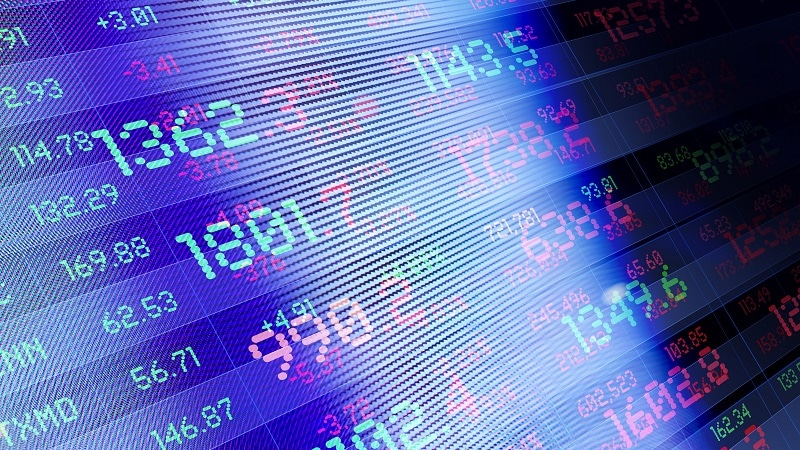
US stocks have been buffeted in recent weeks. Goldman Sachs Research reduced its forecast for the S&P 500 Index to reflect our economists’ estimates for slower GDP expansion, higher tariffs, and an overall uptick in uncertainty.
The S&P 500 is expected to rise to 6200 by the end of the year, down from an earlier forecast of 6500. This suggests an increase of about 7% in the price of the index during that period (as of March 25). The team also reduced its forecast for S&P 500 earnings-per-share growth to 7% from 9%. Goldman Sachs Research estimates that the average company in the index will make $262 of profit per share this financial year (compared with $268 previously).
“The headwinds to equity valuations from a spike in uncertainty are typically relatively short lived,” Goldman Sachs Research Chief US Equity Strategist David Kostin writes in the team’s report. “However, an outlook for slower growth suggests lower valuations on a more sustained basis,” he says.
What’s the outlook for stocks in a recession?
Kostin adds that portfolio managers are increasingly asking about the implications of a potential recession on the US equity market. During 12 economic downturns since World War II, the S&P 500 typically declined by 24% from its peak, while earnings dropped by 13% (median peak-to-trough).
History shows that short-term peak-to-trough declines in stocks, or drawdowns, are usually good buying opportunities if the economy and earnings continue to grow, according to Goldman Sachs Research. Over the last 40 years, the S&P 500 index has experienced a median yearly drawdown of 10% — that’s in line with this year’s earlier 10% decline.
Our economists assign a 20% probability of recession during the next 12 months, slightly above the unconditional historical average of 15%. In contrast, the consensus of economist estimates assigns a 25% likelihood of recession.
“The key market risk going forward is a major further deterioration in the economic outlook,” Kostin writes.
What caused the stock market to drop?
The immediate causes of the market decline included an increase in policy uncertainty (largely driven by tariffs), concerns about the economic growth outlook, and investors — particularly hedge funds — unwinding their positions.
Goldman Sachs Research economists recently revised their expectation for the average US tariff rate, which is now projected to rise around 10 percentage points to 13%.
The US stocks team’s rule of thumb is that every five-percentage-point increase in the US tariff rate reduces S&P 500 earnings per share by roughly 1-2%, assuming companies are able to pass through most of the tariffs to consumers.
Similarly, early indicators of weaker-than-expected economic activity in the US affect the outlook for the stock market, because weaker economic growth usually translates to weaker corporate earnings growth.
Goldman Sachs Research economists recently lowered their forecast for real US GDP growth to 1.7% year-on-year by the end of the 2025 financial year, down from 2.2% previously.
The market decline also reflects a major unwind in positioning, especially among hedge funds. Goldman Sach Research’s basket of most-popular stocks among hedge funds has suffered its sharpest period of underperformance relative to the S&P 500 in five years.
And more than half of the S&P 500 index’s 10% drop from its all-time high in February came from a selloff of the large US tech companies known as the Magnificent Seven.
Which stocks should investors buy?
To protect their portfolios, Kostin’s team suggests that investors favor “insensitive” stocks that are insulated from the major themes driving fluctuations in the markets.
For example, investors can screen for the stocks with the lowest recent sensitivity to the equity market’s pricing of US economic growth, trade risk, and artificial intelligence.
Additionally, Kostin writes, “investors should consider stocks hammered by the hedge fund positioning unwind that trade at discounted valuations.” In particular, he highlights stocks that are popular with hedge funds that have declined by more than 15% from their highs and trade at or below their three-year median price / earnings multiple.
For the stock market to recover, Kostin writes, one of three things needs to happen:
- An improvement in the outlook for US economic activity, either due to better growth data or more certainty around tariff policy
- Equity valuations that price economic growth well below Goldman Sachs Research’s baseline forecast
- Investor positioning falling to depressed levels
